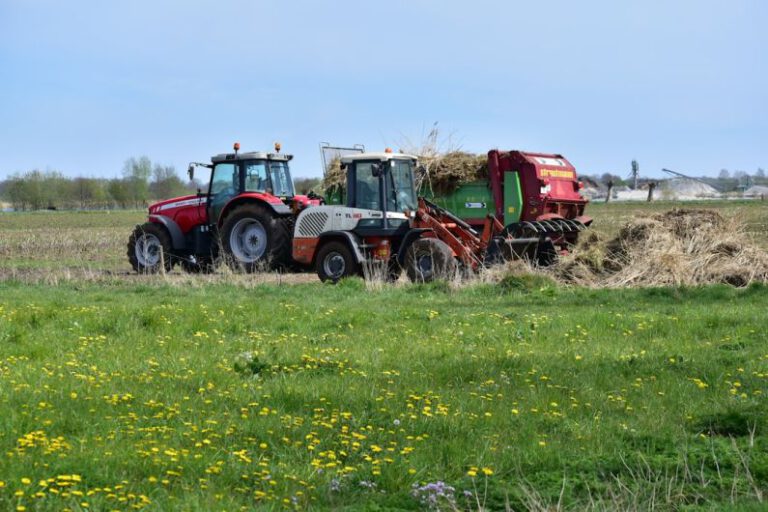The Evolution of Autonomous Vehicles: What’s Next on the Road
Autonomous vehicles have come a long way since the concept was first introduced. From science fiction to reality, these self-driving cars have evolved rapidly, with advancements in technology reshaping the future of transportation. As we look ahead, it’s essential to understand the current state of autonomous vehicles and what the future holds for this revolutionary industry.
The Current Landscape
In recent years, autonomous vehicles have made significant strides, thanks to breakthroughs in artificial intelligence, machine learning, and sensor technology. Companies like Tesla, Waymo, and Uber have been at the forefront of developing self-driving cars, testing them on roads worldwide. While fully autonomous vehicles are not yet ubiquitous, we are witnessing the gradual integration of semi-autonomous features in modern cars, such as lane-keeping assistance and adaptive cruise control.
Challenges and Opportunities
Despite the progress made in autonomous vehicle technology, several challenges remain. One of the most significant hurdles is ensuring the safety and reliability of self-driving cars, especially in complex urban environments. Additionally, regulatory frameworks and public acceptance are crucial factors that will shape the future of autonomous vehicles. However, these challenges also present opportunities for innovation and collaboration among industry stakeholders, policymakers, and researchers.
Enhancing Connectivity and Communication
One key area of development in autonomous vehicles is improving connectivity and communication systems. Vehicle-to-vehicle (V2V) and vehicle-to-infrastructure (V2I) communication technologies play a vital role in enabling self-driving cars to interact with each other and their surroundings. By sharing real-time data on traffic conditions, road hazards, and other critical information, autonomous vehicles can navigate more efficiently and safely.
Enhanced Sensors and Perception
Another area of focus in the evolution of autonomous vehicles is enhancing sensor technologies and perception systems. LiDAR, radar, and cameras are essential components that enable self-driving cars to “see” and interpret their environment. Advancements in sensor fusion techniques and object recognition algorithms are improving the accuracy and reliability of autonomous vehicle perception, reducing the risk of accidents and enhancing overall safety.
Artificial Intelligence and Machine Learning
Artificial intelligence (AI) and machine learning are driving forces behind the evolution of autonomous vehicles. These technologies enable self-driving cars to learn from experience, adapt to changing conditions, and make complex decisions in real-time. By continuously analyzing vast amounts of data, AI algorithms can improve the performance and efficiency of autonomous vehicles, making them more responsive and intelligent on the road.
The Role of 5G and Edge Computing
The deployment of 5G networks and edge computing infrastructure is set to revolutionize the capabilities of autonomous vehicles. With ultra-low latency and high bandwidth, 5G technology enables real-time communication between vehicles, infrastructure, and the cloud. Edge computing allows for faster data processing and decision-making at the network edge, reducing reliance on centralized servers and enhancing the overall performance of autonomous vehicles.
Looking Ahead: The Future of Autonomous Vehicles
As we look to the future, the evolution of autonomous vehicles will continue to accelerate, driven by advancements in technology, regulatory developments, and changing consumer preferences. Fully autonomous cars that can operate without human intervention are on the horizon, promising a future where transportation is safer, more efficient, and accessible to all.
In conclusion, the road ahead for autonomous vehicles is paved with possibilities and challenges. By embracing innovation, collaboration, and a commitment to safety, the evolution of self-driving cars will shape the future of transportation and urban mobility. As we navigate this transformative journey, one thing is certain: the future of autonomous vehicles is closer than we think.






